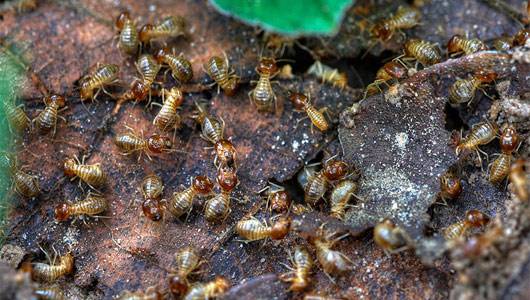Be it any season, our houses are always under the attack of ants and termites. Flying ants and termites are considered to belong to the group of Alates by Entomologists, the researchers on ants. The alate is considered to be the matured stage in the lifecycle of any winged ant or termite. At an immature stage in the ant’s life prior to the season when they fly away to make their own colony, these alates or winged ants are formed. They move away from their colony to make their own kind develop. This process of leaving the colony or dispersal from the colony is called a nuptial flight and is often referred to as swarming.
It is observed that male and female winged ants shed off their wings when they pair up and search a damp wooden area or soil, where they can start their own colony. When wings are shed off, those ants are called dealate. When mating is complete, the male ant dies and the fertilized female ant chooses to take forward the colony at some other nest.
When termites take up the process of swarming, they are sometimes misunderstood as flying ants because the termite alate species looks very similar to the ants.
However there are significant differences between a flying ant and a flying termite. The table below marks out the distinct differences between the two.
| Winged Ant | Winged Termite |
| The 4 wings of an ant are not uniform, the front wings being larger than the hind pair. | The 4 wings of a termite are small and uniform in size. |
| Ants have elbowed antennae. | Termites have straight antennae. |
| The wings of an ant are proportionately grown according to their body. | The wings of a termite are almost two times the size of their body. |
| Ants have thin waist and their body appears to have properly distinct segmentation. They are said to have constricted waist. | Termites possess a broad waist and they are uniform along the length of their body without much segmentation. |
| Ant antennae have uniformly bended antennae. | Termite’s antennae looks like a string made up of beads. |
These are few of the distinct characteristics that help people to identify which one belongs to the category of flying ants and which ones are termites. Though both ants and termites are alates and have a quite similar lifecycle, including their swarming features, they are visibly different on the basis of their structure and shape.

